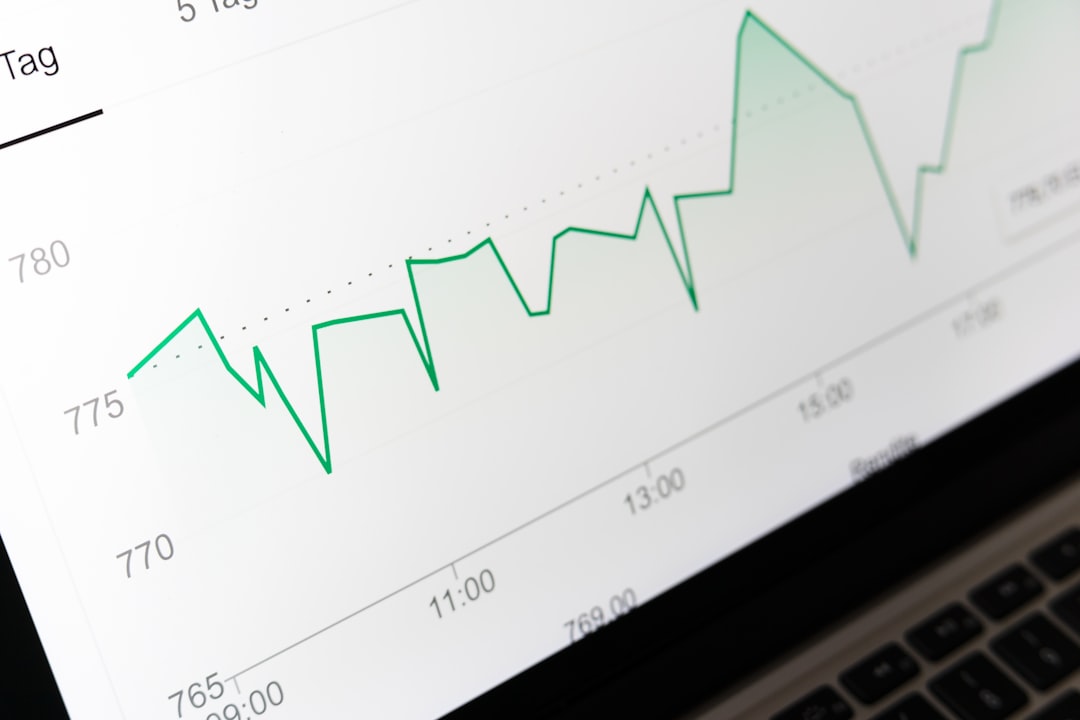The Kagi chart was initially created in Japan in the late 1800s to track stock prices. The Kagi chart is similar to a line chart, but the lines are not connected. Instead, they are represented by dots, and the direction of the line is determined by the direction of the most recent dot. This makes the Kagi chart less sensitive to small changes in price and, therefore, can be used to track trends more accurately.
Origins of the Name

A Kagi chart is a type of technical analysis chart used to predict future price movements of a security. The name “Kagi” comes from the Japanese word “Kagi,” meaning “key.” The Kagi chart is created by connecting the price changes with a line. The line will move up when the security’s price increases and down when the security’s price decreases. The width of the line will correspond to the magnitude of the price change.
Sometimes, Kagi charts are called hook charts or string charts. These charts were initially used for tracking the sales and movement of rice, and they get their name because they are characterized by a series of hook-like lines that represent the buying and selling pressure of security.
They are also called Japanese candlesticks because they were introduced to the west by Japanese traders. Kagi charts are unique because they show price movement over time as a series of straight lines. The length and direction of each bar indicate the magnitude and direction of price change for a given period.
How Kagi Charts Work
Kagi charts are used to track the price of a security or commodity over time. The charts are composed of a series of vertical lines, which represent the price of the guard at a given point in time. Horizontal lines represent trendlines and can be used to identify buying and selling opportunities that you can tackle, from IT industries to financial markets.
Day traders most commonly use Kagi charts to provide a quick and easy way to visualize price trends. In addition, brands can use the charts to identify buying and selling opportunities and help traders decide when to buy or sell a security. Kagi charts are constructed by plotting price data points onto a grid, with each column representing a specific period and each row representing a certain price point. The lines on a Kagi chart connect the price points that have the same value, and the thickness of the line indicates the volume or magnitude of the trade.
Origins of the Kagi Chart

Kagi charts are a type of technical analysis chart used to track price movements of securities. They are similar to candlestick charts, but they use different calculations to determine the price movement.
Kagi charts are popular among traders because they represent a security’s price movement. As a result, they can identify trend reversals and spot buying and selling opportunities. Kagi charts are similar to candlestick charts, but they are simplistic and do not use any periods or intervals. Kagi charts are also less commonly used than other technical analysis tools, so they can be challenging to find information about. However, the simplicity of Kagi charts can be a strength, and corporate enterprises, businesses, and growing brands can use them to identify trend reversals and price movements quickly.
Ultimately, Kagi charts are essential because they are one of the few ways to track and predict stock price movements. They are also an excellent way to spot uptrends and downtrends, view general supply levels, or spot a current price metric. These charts are a great starting point for examining a new trend line and can help you make better decisions in financial markets.
